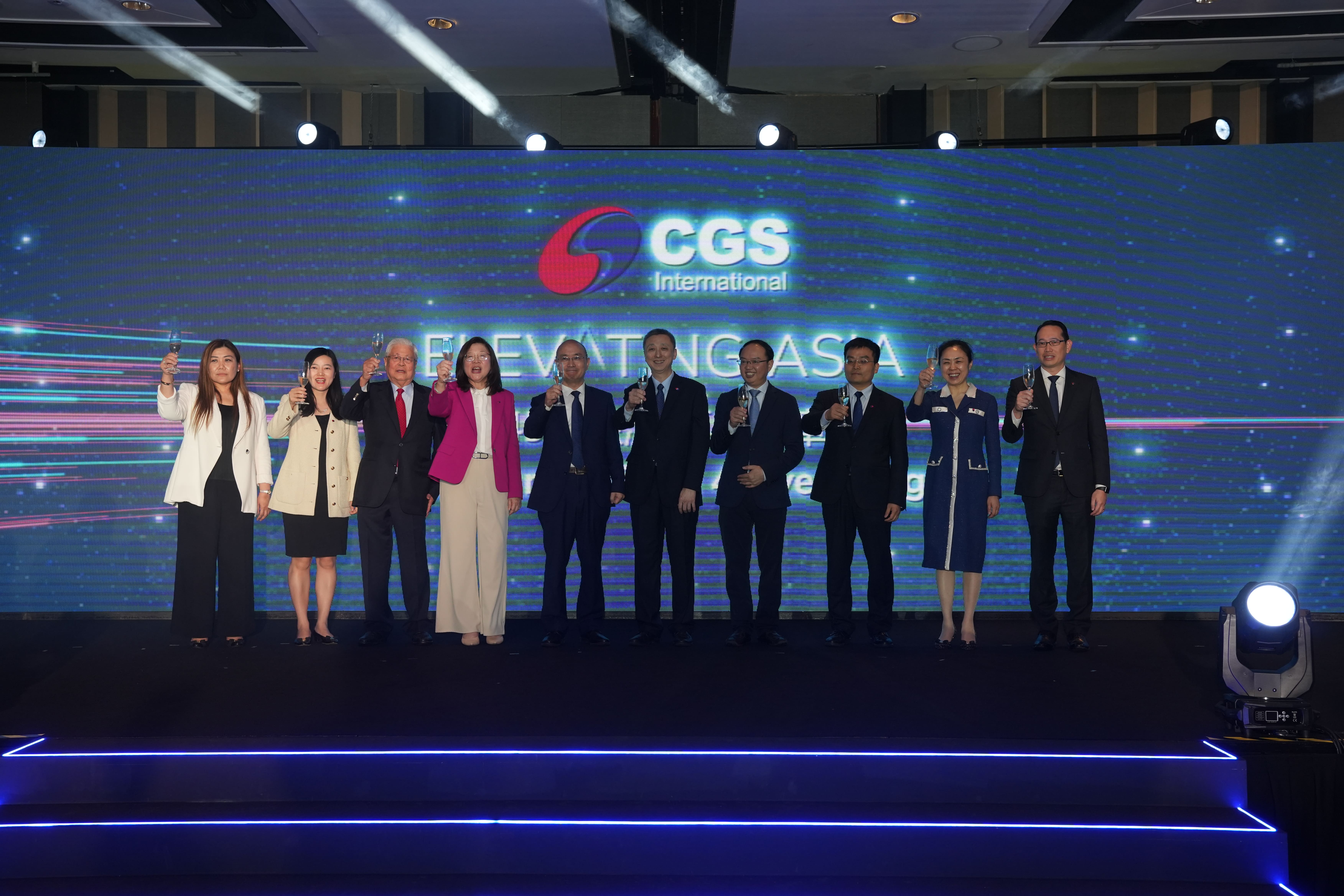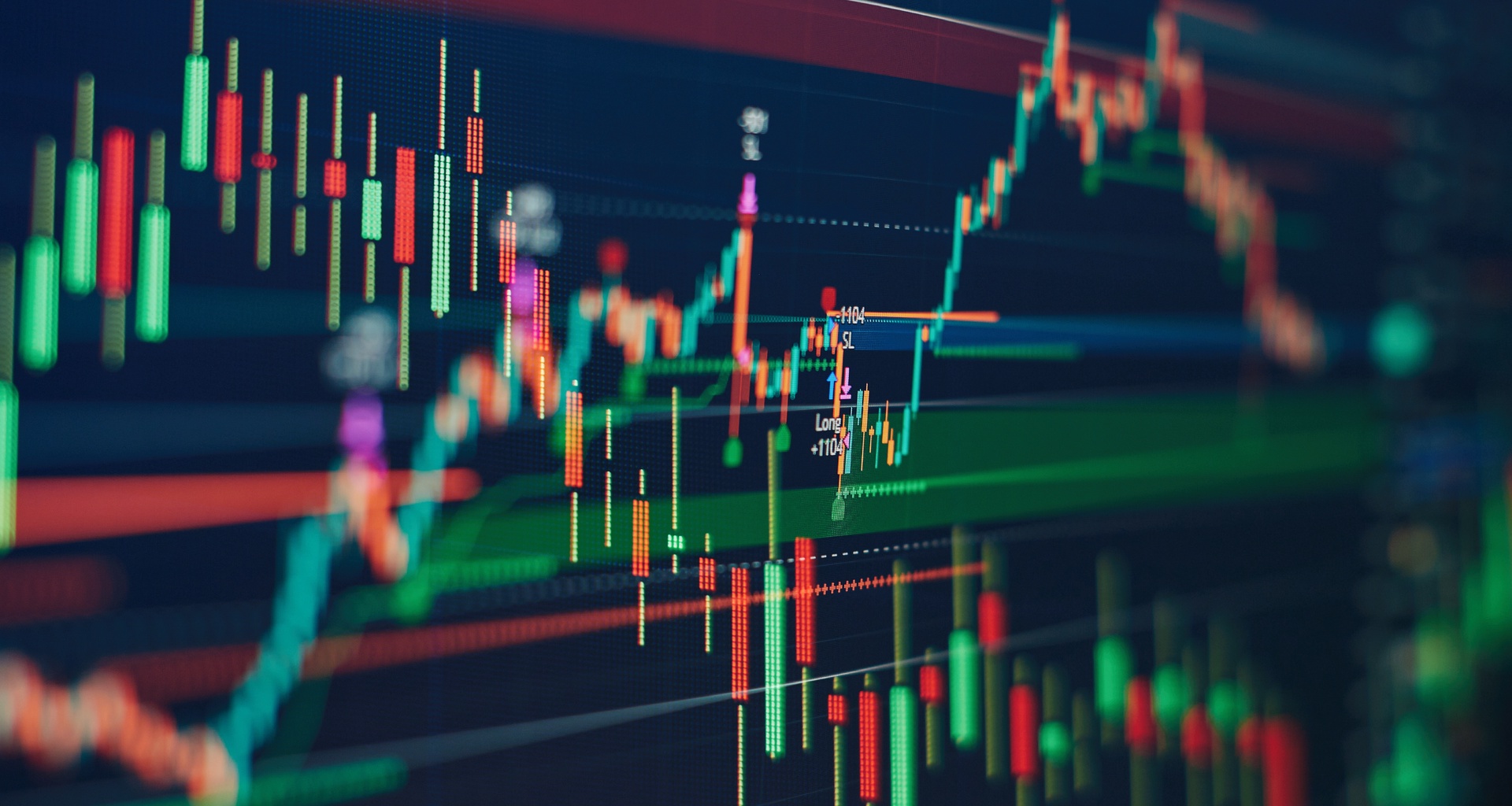With the possibility of an impending but gradual slowdown in the global economy increasing, there are more attractive opportunities in emerging markets than the developed markets for macro-driven fixed income investors.
In an interview with The Asset, Richard Lawrence, senior vice president, portfolio management at Brandywine Global Investment Management, says the prospect of a prolonged US-China trade war is grabbing investor attention more than what he sees as the reasonable fundamentals of the global economy.
“The reaction we’re seeing as investors is that there’s elevated volatility in the market. At some point that volatility has the potential to actually create a policy reaction from the central banks that could be supportive of extending the economic cycle, analogous to the fourth quarter of last year when the market sent a signal that financial conditions were getting too tight. The Fed (US Federal Reserve) got the message and delivered a neutral and ultimately dovish response coming into this year,” Lawrence says.
In this kind of market scenario, fixed income investors are positioning themselves more in emerging markets bonds which offer higher returns ranging from 2.5-5.0% versus global market bonds which form larger parts of the global benchmarks that currently offer negative returns.
“We see some attractive opportunities in higher quality parts of the emerging market universe, not the frontier markets but the higher quality markets that’re more liquid, and we selectively see some parity opportunities in G-10 currencies like Norwegian kroner, Swedish kroner and Aussie dollar. They are all attractively valued on a PPP (purchasing power parity) basis or on a real exchange rate basis,” Lawrence says.
A prolonged US-China trade is expected to result in rising prices that will hit US consumers and result in higher inflation.
“We’re now observing a divergence in inflation between the tariff and non-tariff sectors of the US economy. So that tells you that the tariffs are having an impact in terms of higher prices in an economy where consumption is 70% of GDP. So under that scenario of a continuation of this tariff strategy with the imposition of tariffs across the remaining US$300 billion worth of goods, that’s the way you could short circuit the cycle and that will absolutely force the Fed to do something,” Lawrence says.
The likely scenario is that while the US Fed is motivated to undertake monetary easing to delay the slowdown in the US economy, at the same time it will be under pressure to address the rising inflation rate.









